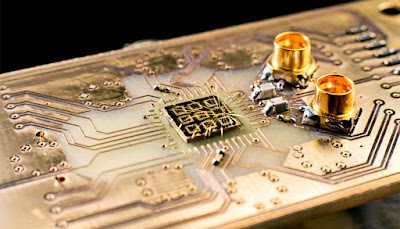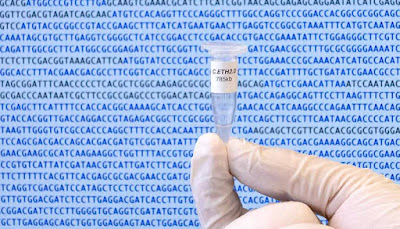ELECTRON SWITCH MAY GET US CLOSER TO QUANTUM COMPUTERS
A brand-new technique of communicating information by moving the specify of electrons moves researchers one step better to producing fully functional quantum computer systems.
Quantum computing has the potential to transform technology, medication, and scientific research by providing much faster and more efficient cpus, sensing units, and interaction devices. But moving information and correcting mistakes within a quantum system remains a difficulty to earning effective quantum computer systems.
profil barcelona dan prediksi di la liga
HOW DO QUANTUM COMPUTERS WORK?
A quantum computer system operates the concepts of quantum auto technicians, a unique set of rules that regulate at the incredibly small range of atoms and subatomic bits. When handling bits at these ranges, many of the rules that regulate classic physics no much longer use and quantum impacts arise. A quantum computer system can perform complex computations, factor incredibly great deals, and mimic the habits of atoms and bits at degrees that classic computer systems cannot.
Quantum computer systems have the potential to provide more understanding right into concepts of physics and chemistry by simulating the habits of issue at uncommon problems at the molecular degree. These simulations could be useful in developing new power resources and examining the problems of planets and galaxies or contrasting substances that could lead to new medication treatments.
"You and I are quantum systems. The bits in our body follow quantum physics. But, if you attempt to compute what occurs with all the atoms in our body, you cannot do it on a routine computer system," says John Nichol, an aide teacher of physics at the College of Rochester. "A quantum computer system could easily do this."
Quantum computer systems could also open up doors for much faster data source searches and cryptography.
"It ends up that almost all modern cryptography is based upon the severe problem for routine computer systems to factor great deals," Nichol says. "Quantum computer systems can easily factor great deals and damage file security plans, so you can imagine why great deals of federal governments are interested in this."
ONES AND ZEROES IN QUANTUM COMPUTERS
A routine computer system is composed of billions of transistors, called little bits. Quantum computer systems, on the various other hand, are based upon quantum little bits, also known as qubits, which can be made from a solitary electron. Unlike regular transistors, which can be either "0" or "1," qubits can be both "0" and "1" at the same time.
The ability for individual qubits to inhabit these "superposition specifies," where they are at the same time in several specifies, underlies the great potential of quantum computer systems. Much like regular computer systems, however, quantum computer systems need a way to move information in between qubits, and this provides a significant speculative challenge.
"A quantum computer system needs to have many qubits, and they're really challenging to earn and run," Nichol says. "The state-of-the art today is doing something with just a few qubits, so we're still a lengthy ways far from recognizing the complete potential of quantum computer systems."
All computer systems, consisting of both routine and quantum computer systems and devices such as mobile phones, also need to perform mistake adjustment. A routine computer system includes duplicates of little bits so if among the little bits goes bad, "the rest are simply mosting likely to take a bulk vote" and fix the mistake. However, quantum little bits cannot be duplicated, Nichol says, "so you need to be very smart about how you correct for mistakes. What we're doing here's one action in that instructions."
MANIPULATING ELECTRONS
Quantum mistake adjustment requires that individual qubits communicate with many various other qubits. This can be challenging because an individual electron resembles a bar magnet with a north post and a southern post that can point either up or down. The instructions of the pole—whether the north post is directing up or down, for instance—is known as the electron's magnetic minute or quantum specify.
If certain kinds of bits have the same magnetic minute, they can't remain in the same place at the same time. That's, 2 electrons in the same quantum specify cannot rest in addition to each various other.
"This is among the main factors something such as a cent, which is made from steel, does not break down on itself," Nichol says. "The electrons are pressing themselves apart because they cannot remain in the same place at the same time."



